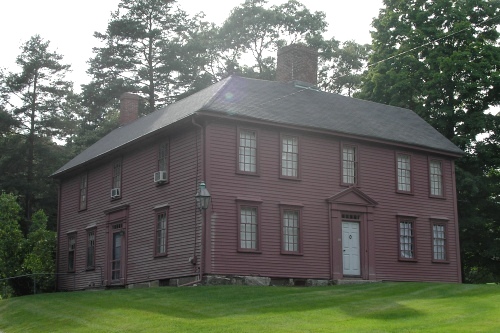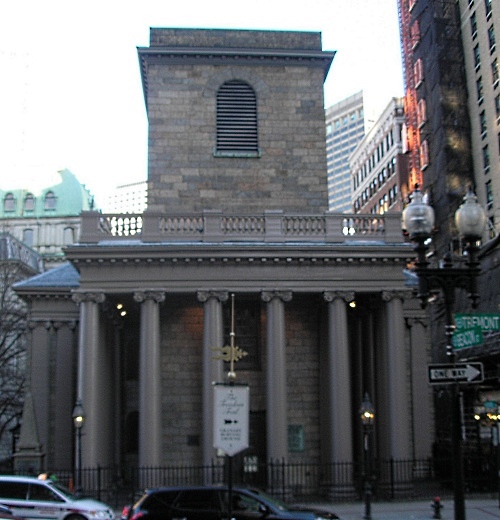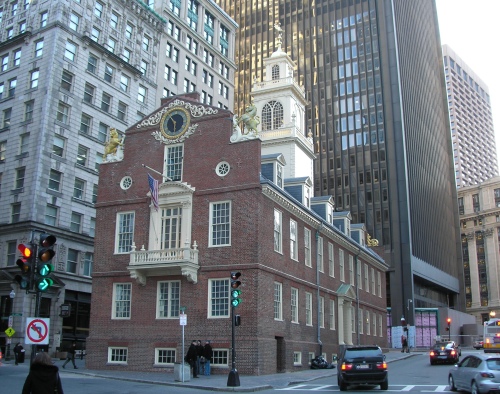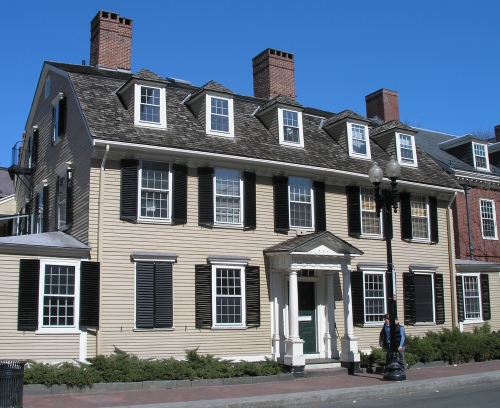Munroe Tavern (1695)

Munroe Tavern, located one mile east of Lexington Common, was built around 1695. The Tavern is named for William Munroe, who was its proprietor from 1770 to 1827. Munroe was also an orderly sergeant in Captain Parker’s minuteman company in 1775. During the Battle of Lexington, on April 19, 1775, the Tavern was occupied by the British for an hour-and-a-half. The Tavern‘s dining room became a field hospital and Brigadier General Earl Percy, who arrived with British reinforcements, used it as his headquarters. George Washington dined at the Tavern during his 1789 visit to the Lexington battlefield. The Tavern is now a museum operated by the Lexington Historical Society.


